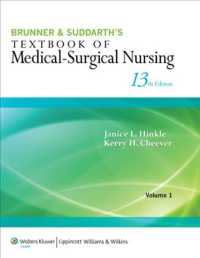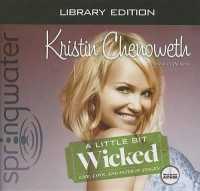Full Description
This book emphasizes diverse perspectives on the new and expanding history of stepfamilies in Europe and some of its overseas territories from 1550 to 1900.
The chapters examine the life stages within stepfamilies from the half-orphans and illegitimate children who experienced the introduction of a stepparent to how parent-child and step or half-sibling relationships shifted and changed with living arrangements and mobility within villages or to towns and overseas. Several historical demography chapters establish the frequency and types of stepfamilies in Western and East Central Europe - whether a father-stepmother couple, a mother-stepfather union, a parent with an illegitimate child. Other themes include the effect of parental loss on child survival; how a stepparent influenced a child's wellbeing with caregiving and contributions to the household economy; emotional bonds through letters and gift-giving; step-relatives who marry their close kin; and how property and inheritance regimes shaped stepfamily patterns.
Stepfamilies across Europe and Overseas, 1550-1900 will appeal to researchers and students interested in the history of family, marriage, and society. The chapters in this book were originally published as a special issue of The History of the Family.
Contents
Introduction: Stepfamilies across Europe and overseas, 1550-1900 1. Influence of parental death on child mortality and the phenomenon of the stepfamily in western Bohemia in 1708-1834 2. Parental loss in 18th-19th century Hungary: the impact of the parents' widowhood and remarriage on their children's survival, Zsámbék, 1720-1850 3. Stepfamilies, inheritance, and living arrangements in a rural society of Germany 4. Remarriage and stepfamilies in the 'Western Islands' of Europe: the rural Azores of Portugal in the 18th and 19th centuries 5. The invisibility of Portuguese stepfamilies: the relationships between stepparents, stepchildren and half-siblings in eighteenth- and nineteenth-century Porto 6. Changing patterns of hierarchy within Swedish stepfamilies in the late 1700s 7. Stepmothers and stepdaughters in early modern Florence 8. Restrained freedom? Widows, blended families and inheritance in eighteenth-century urban Sri Lanka Epilogue: A visual approach to stepfamilies







